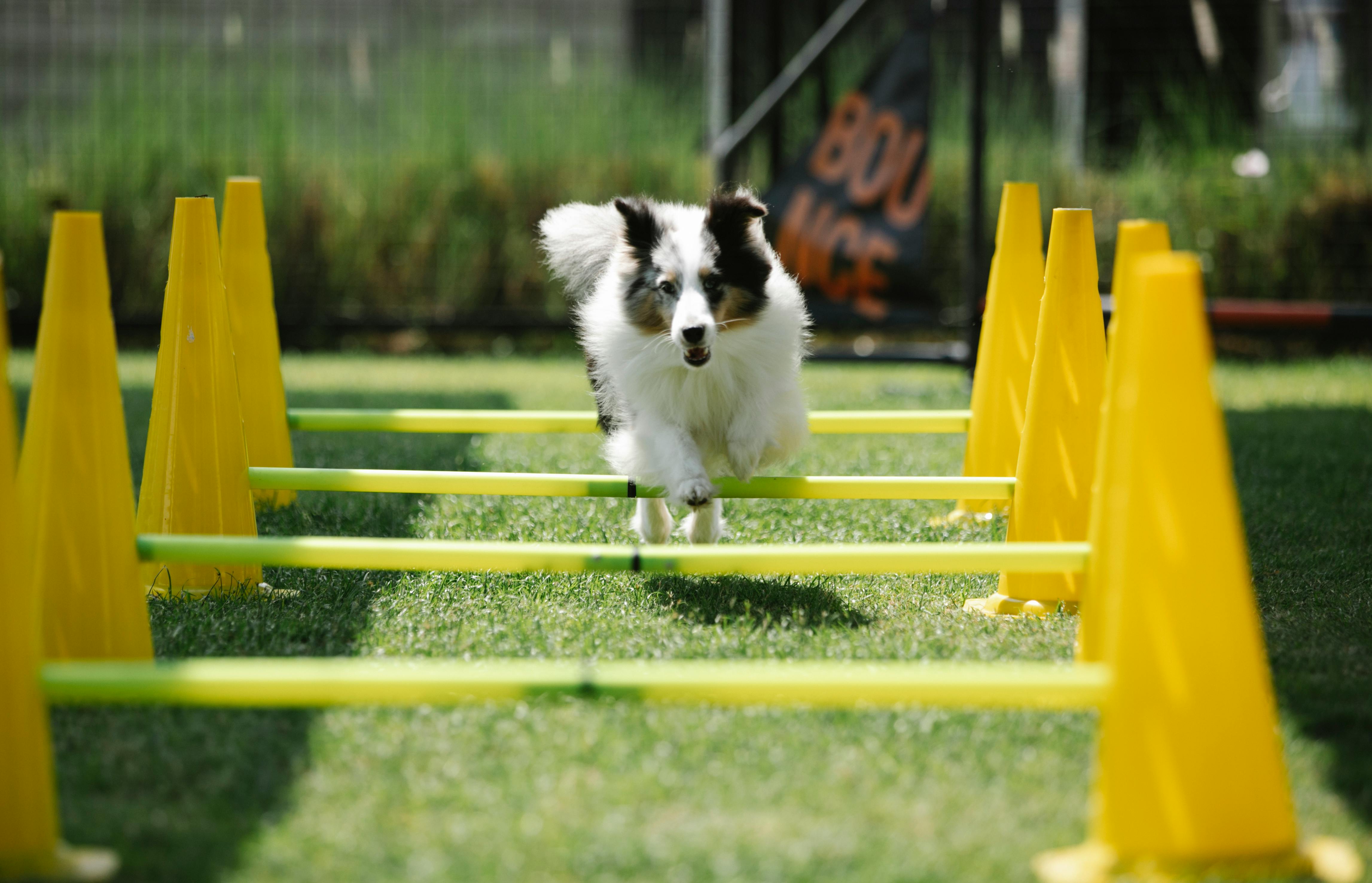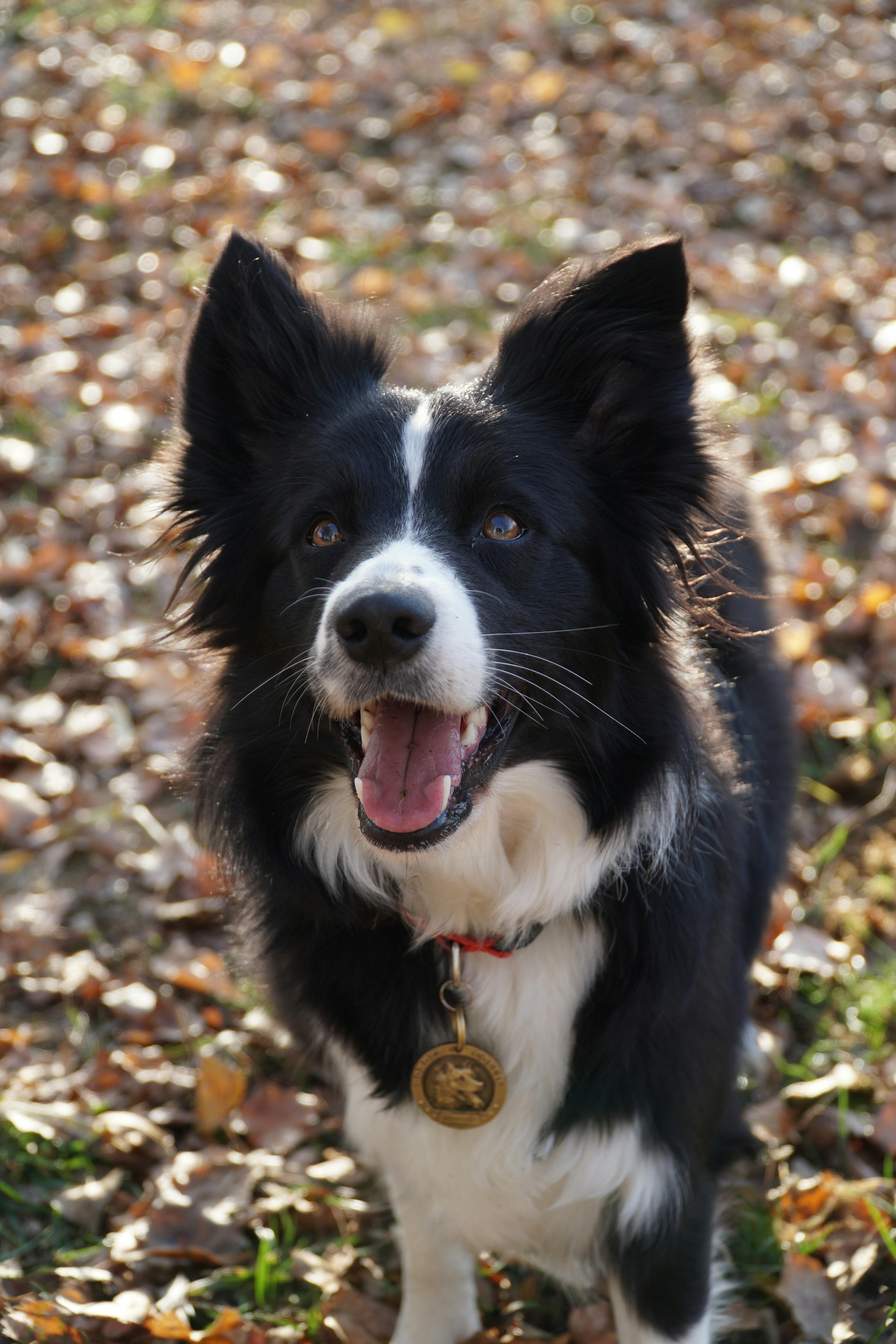How to Train a Herding Dog: The Complete Guide
Training a herding dog requires a unique approach that respects their instincts while building discipline and responsiveness. With herding breeds becoming increasingly popular, learning how to train a herding dog is more relevant than ever. This comprehensive guide will walk you through the entire process—from basic obedience to advanced herding techniques—so you can nurture a well-rounded, capable companion.

Understanding the Fundamentals
Herding dogs are working breeds developed to control livestock. They possess strong instincts, high intelligence, and tremendous energy. Understanding these traits is the first step in mastering how to train a herding dog effectively.
These fundamentals are the foundation for advanced training. Without a strong base, even the most talented dog may become unpredictable. Think of it as building a house—the stronger the base, the more stable the structure.
1.1 Instinct and Drive
Herding dogs are born with a natural drive to control movement. Border Collies, Australian Shepherds, and Belgian Malinois are prime examples. Studies show that herding instincts can begin as early as 8 weeks old.
This drive, if not managed, can lead to behavioral issues like nipping or obsessive chasing. Harnessing it properly is essential to building discipline and productive behaviors.
1.2 Obedience and Bonding
Unlike passive breeds, herding dogs require a dynamic training style. Obedience isn’t just about sitting and staying—it’s about creating trust and mutual understanding.
Real-world cases show that dogs with strong emotional bonds to their handlers perform significantly better in complex tasks. It’s this bond that allows them to act intuitively in the field.
Practical Implementation Guide
Now that you understand the fundamentals, it’s time to put them into action. Training a herding dog involves structured routines, positive reinforcement, and consistency. Results vary depending on the dog’s age, breed, and temperament, but progress is guaranteed with patience and persistence.

2.1 Actionable Steps
- Basic Obedience Training: Start with commands like sit, stay, and come. Use short sessions (10–15 minutes) and reward successes with treats or praise.
- Introduce Herding Commands: Commands such as “come by,” “away to me,” and “stand” are key. Use a whistle or verbal cues consistently.
- Expose to Livestock Gradually: Begin with controlled environments using experienced livestock. Monitor reactions closely and keep stress minimal.
2.2 Overcoming Challenges
Common obstacles include overexcitement, disobedience, and fearfulness. To counter these:
- Use calm, assertive energy to manage hyperactivity
- Reward incremental progress rather than perfection
- Provide mental stimulation when not training (puzzle toys, scent work)
Watch for signs like excessive barking, tail-tucking, or obsessive circling. These indicate stress and should prompt a pause in training. Experts recommend daily journaling to track behavior and refine strategies.
Advanced Applications
Once foundational skills are in place, you can explore more advanced herding applications. These include directional control over large distances and response to complex whistle sequences. Dogs typically progress to this level after 6–12 months of consistent work.

3.1 Directional Herding
Directional herding involves guiding a dog with whistles or hand signals to control livestock movement with precision. Competitive herders train their dogs to manage flocks across acres with minimal commands. A case study in New Zealand documented 30% efficiency gains in livestock control with trained herding dogs.
3.2 Off-Leash Control in Open Environments
Advanced herding requires off-leash control in unpredictable settings. This includes integration with GPS collars and voice command systems for large-scale ranching. Compatibility with digital tracking tools allows handlers to monitor performance and intervene when necessary.
Future Outlook
The future of herding dog training is being reshaped by technology. Smart collars, AI behavioral tracking, and automated herding bots are on the horizon. Industry experts predict a rise in hybrid training methods combining tradition with innovation.
To stay ahead, dog owners and trainers should embrace ongoing education, participate in workshops, and explore digital tools to complement their training efforts.
Conclusion
Training a herding dog is a rewarding journey that requires patience, understanding, and strategy. Remember these three key takeaways:
- Respect your dog’s instincts while shaping behavior through structured training
- Build a strong bond based on trust and communication
- Advance gradually with consistency and adaptability
Now that you know how to train a herding dog from the ground up, take the first step today—start with basic obedience and set a consistent routine. Your future working partner is waiting to reach their full potential.
Frequently Asked Questions
- Q: What is a herding dog? Herding dogs are breeds developed to control the movement of livestock using natural instincts and learned commands.
- Q: How do I start training a herding dog? Begin with basic obedience, then gradually introduce herding cues and livestock in controlled environments.
- Q: How long does training a herding dog take? Initial training may take 3–6 months, while advanced skills can take over a year depending on consistency and breed.
- Q: Is training expensive? Costs range from free (DIY) to $500–$2,000+ for professional trainers. Factors include location, duration, and training goals.
- Q: How does herding training compare to obedience training? Herding training includes obedience but adds livestock control and field work, making it more complex.
- Q: Is herding dog training hard? It’s challenging but manageable. Success requires patience, time, and a good understanding of canine behavior.
- Q: Can herding dogs be used in non-agricultural settings? Yes, they excel in agility, service work, and search & rescue due to their intelligence and drive.
